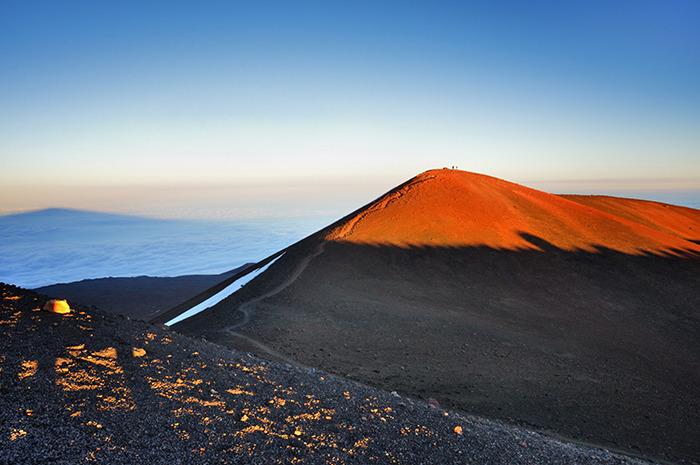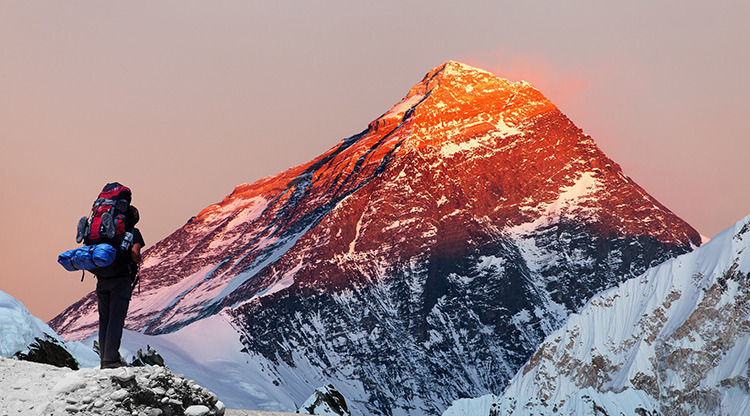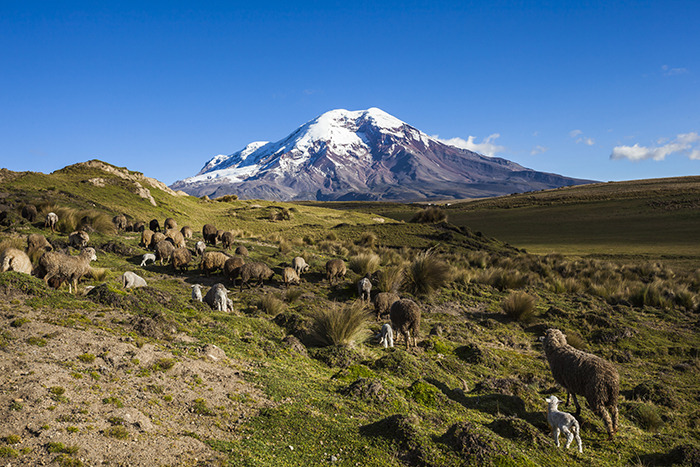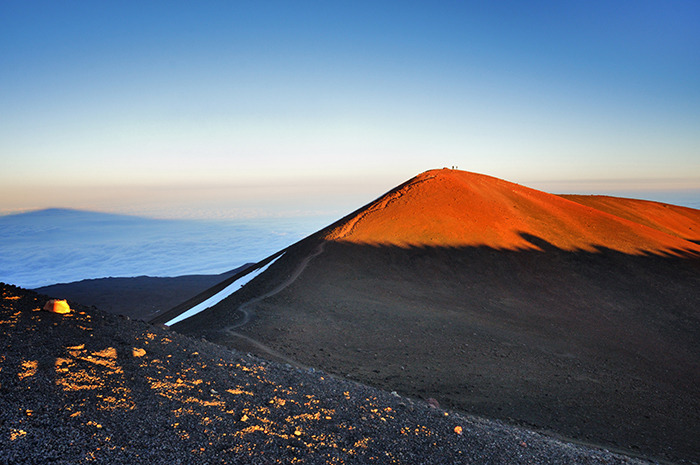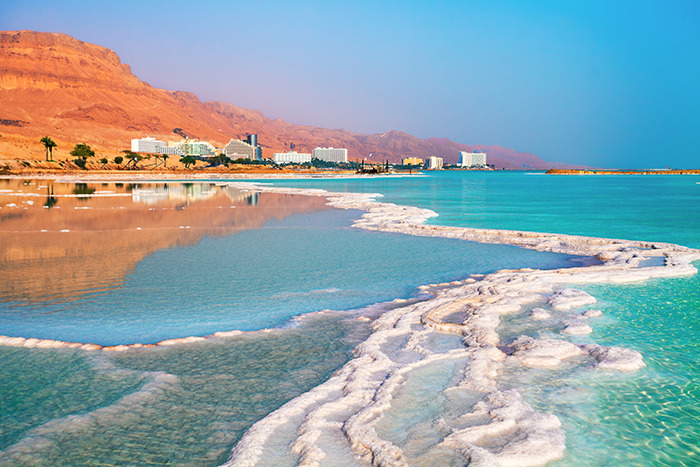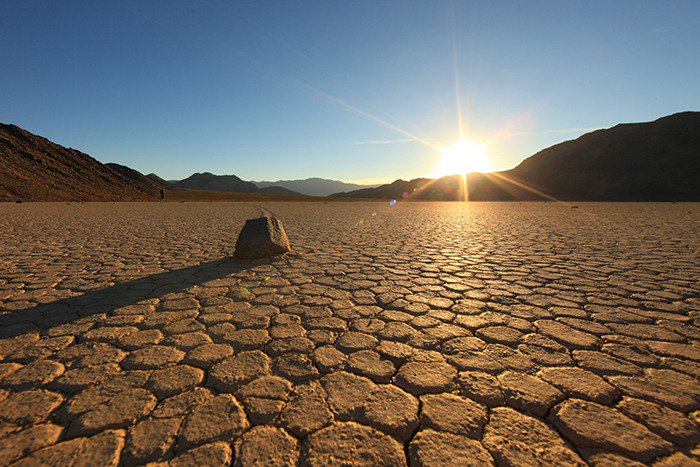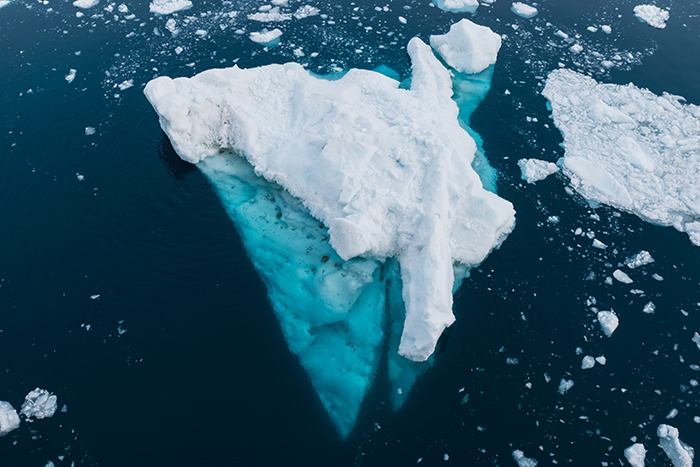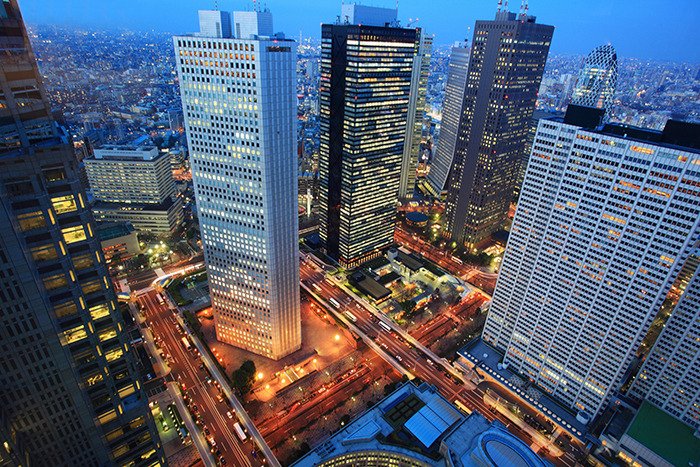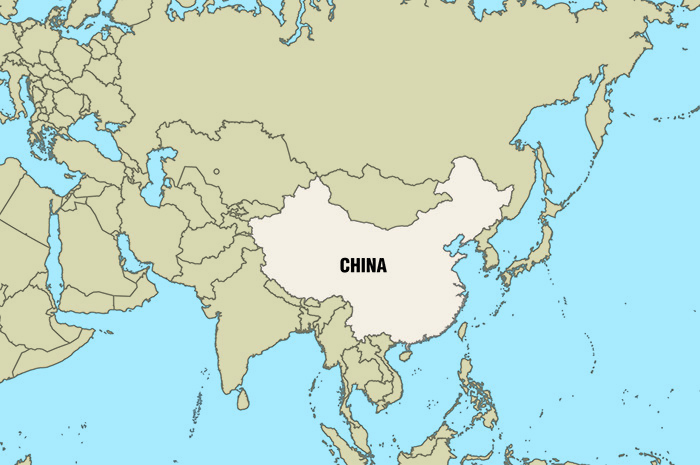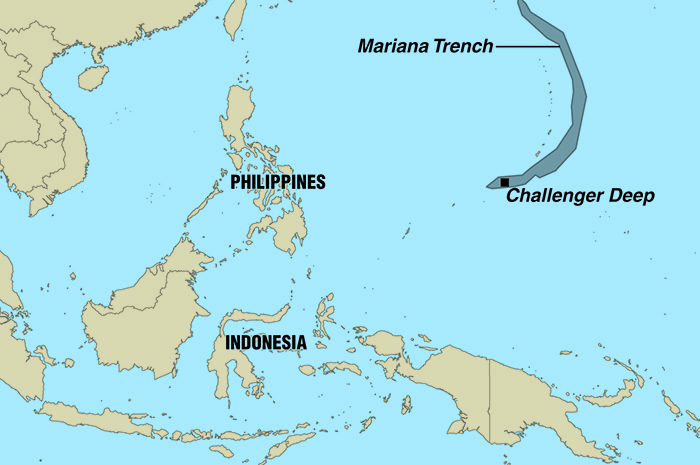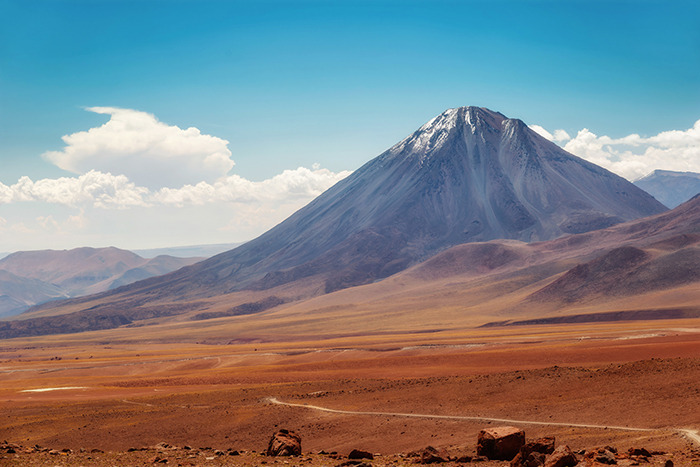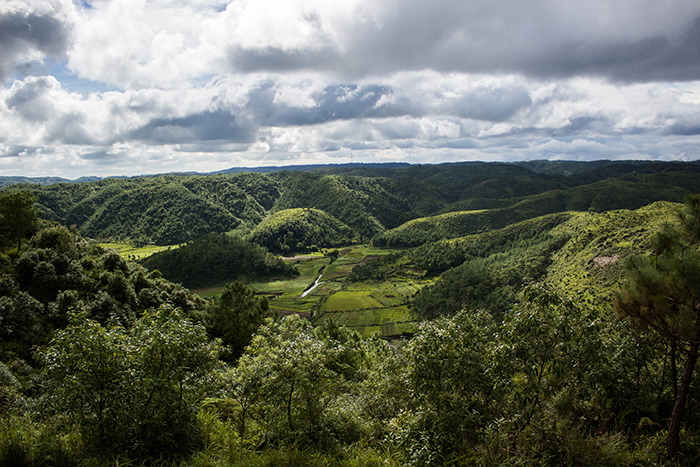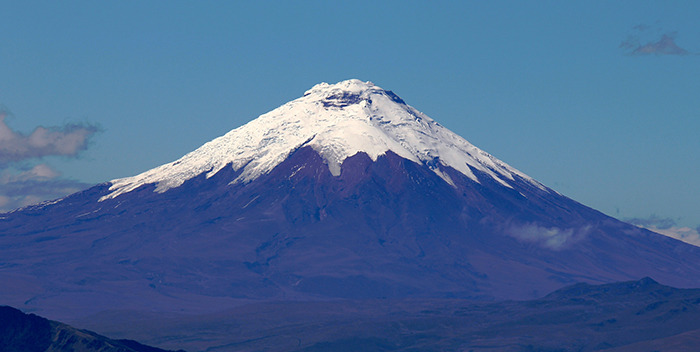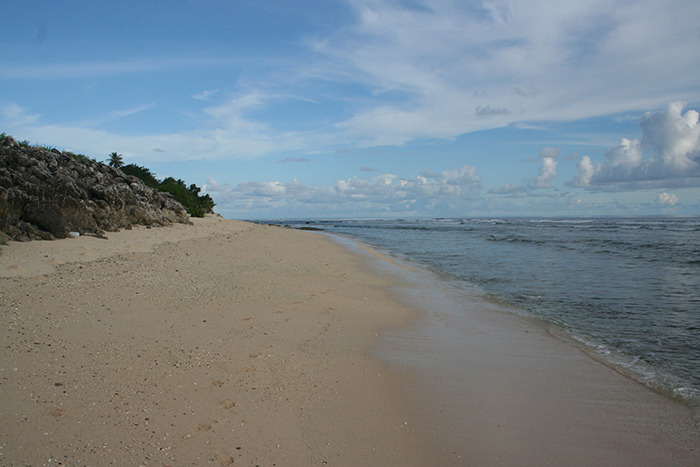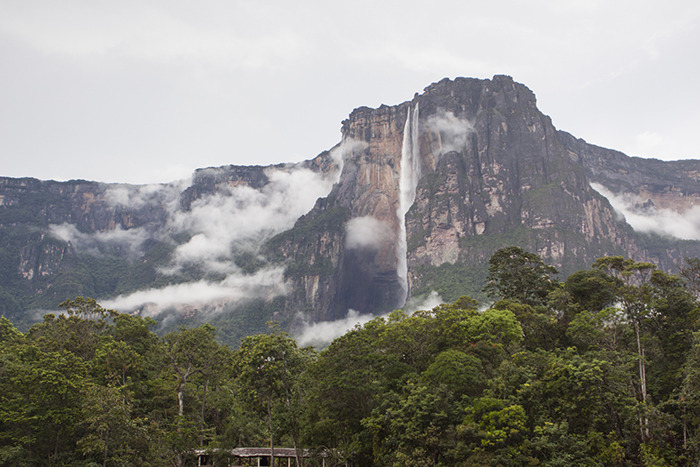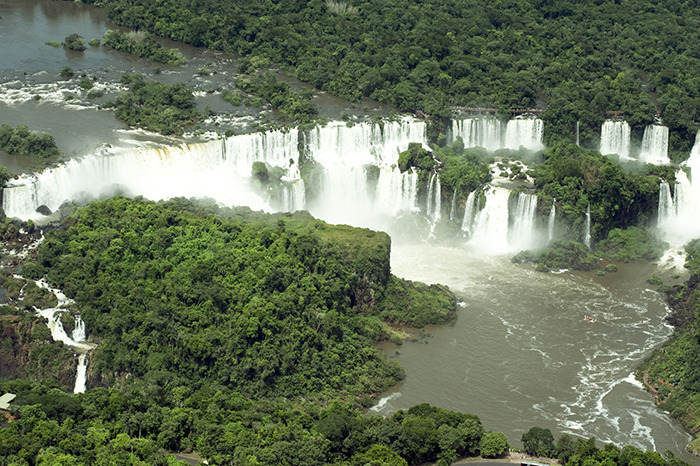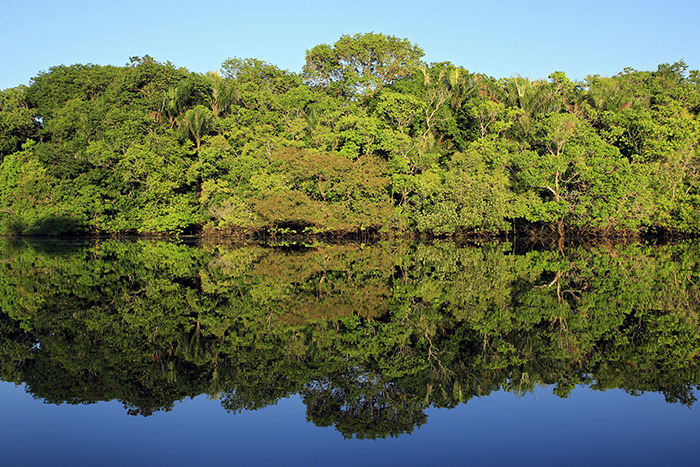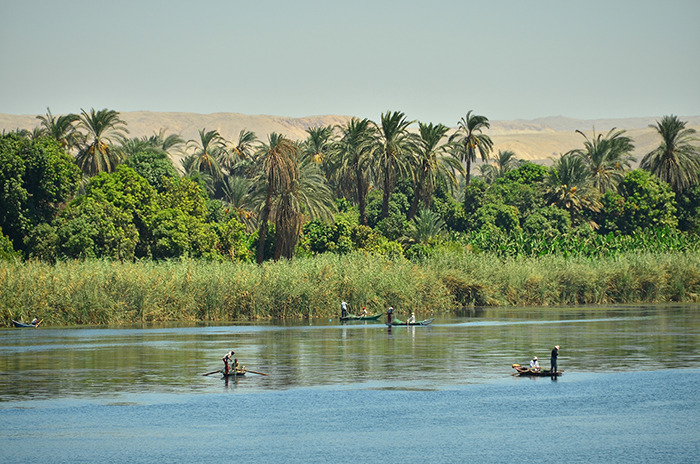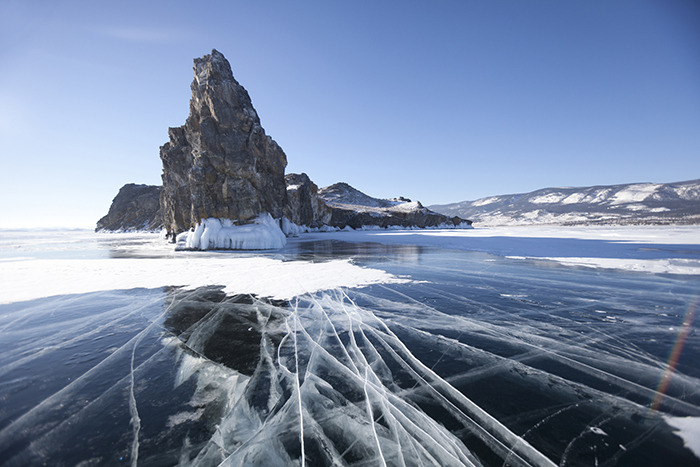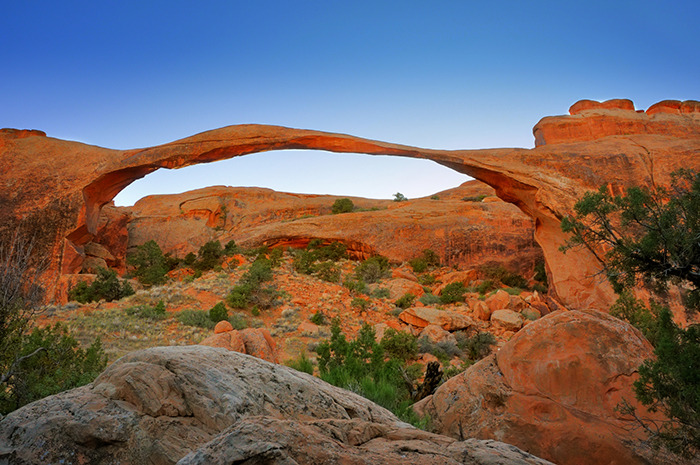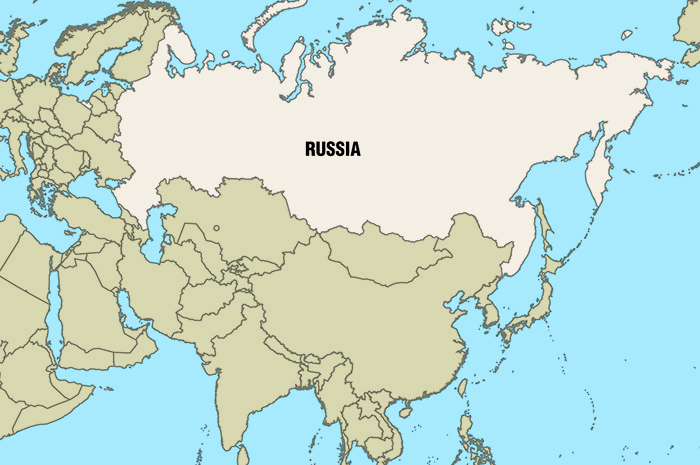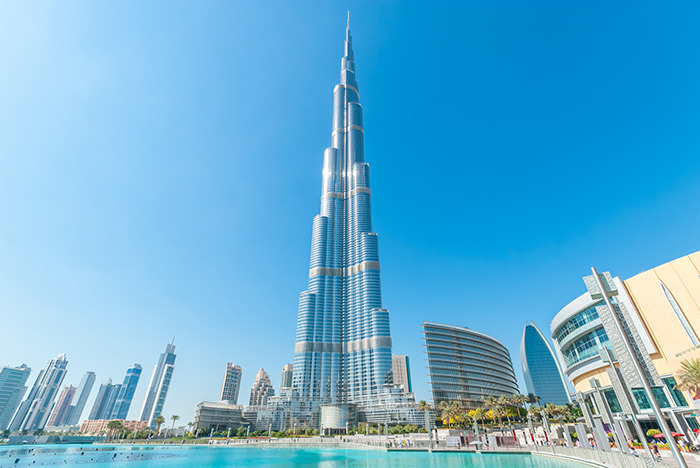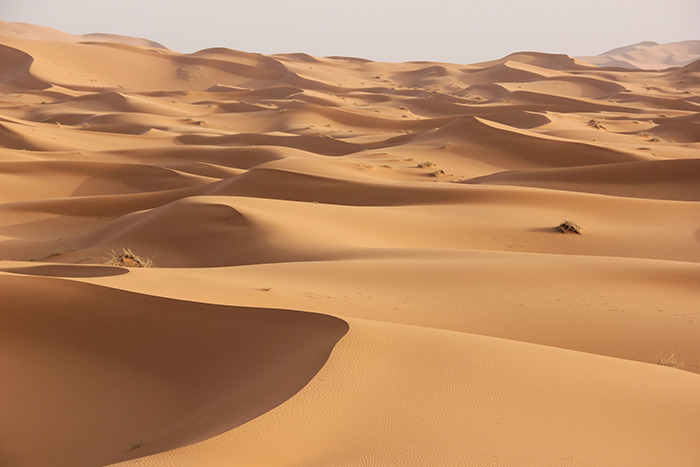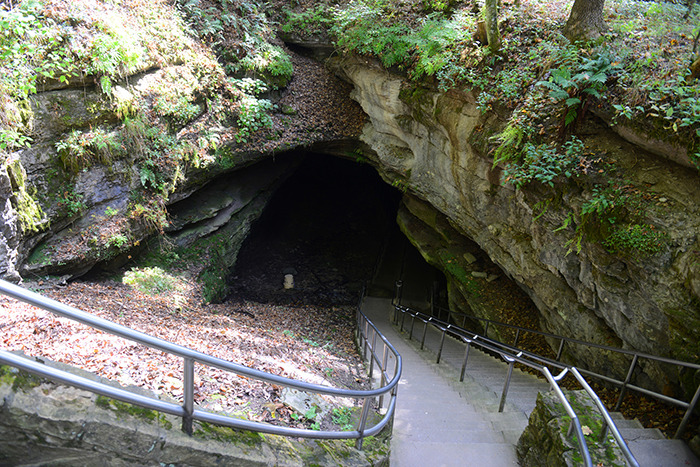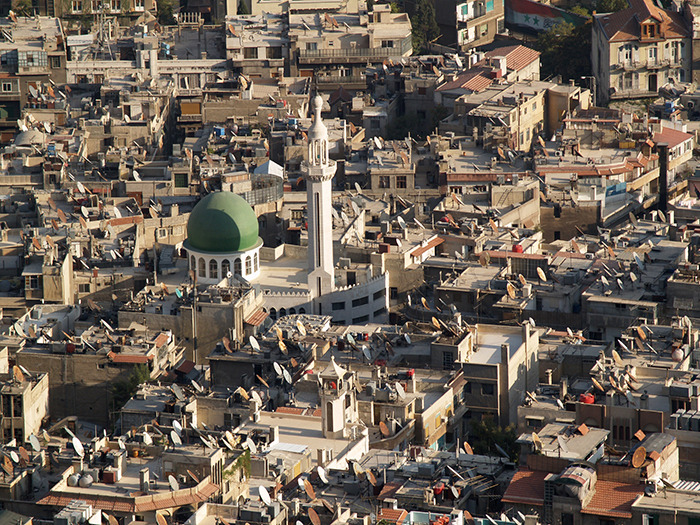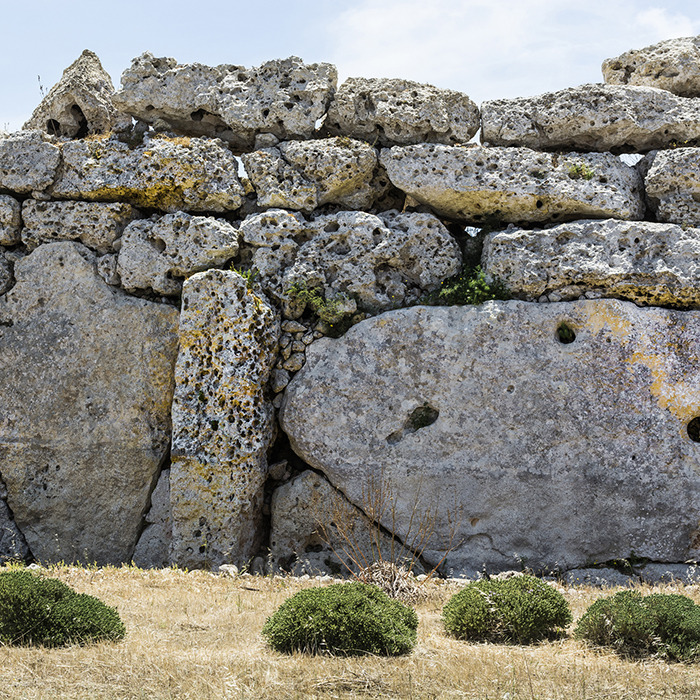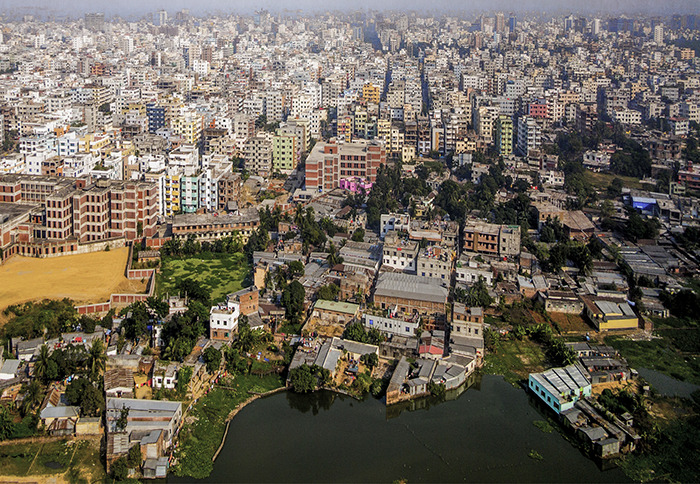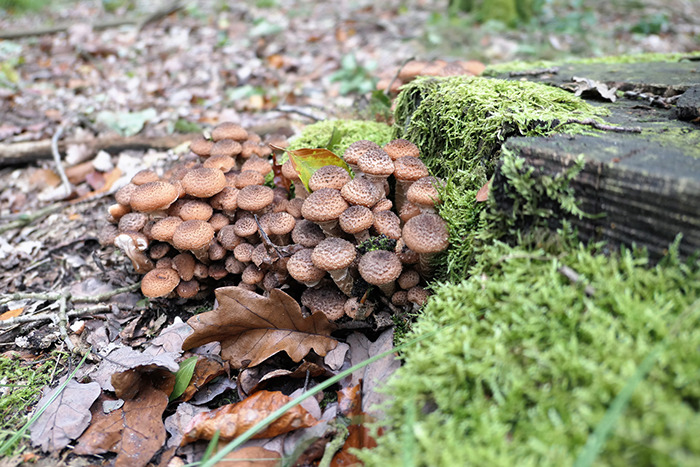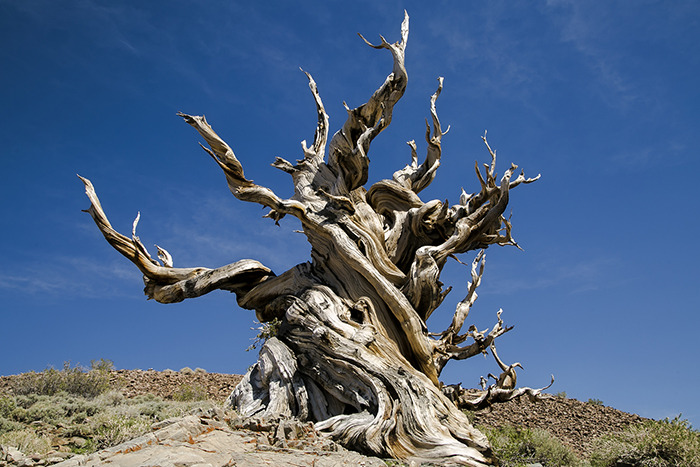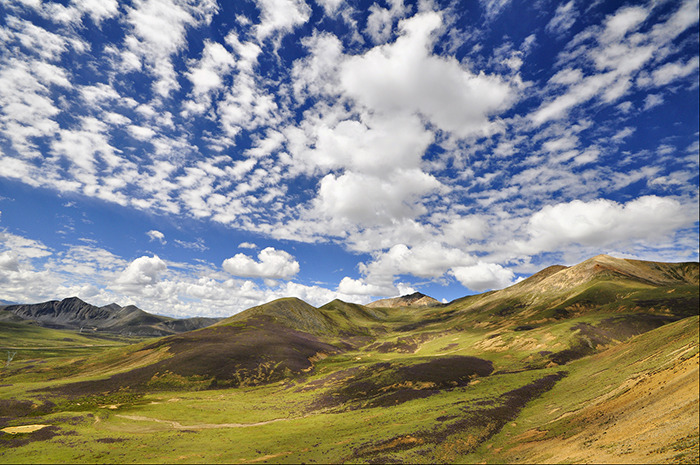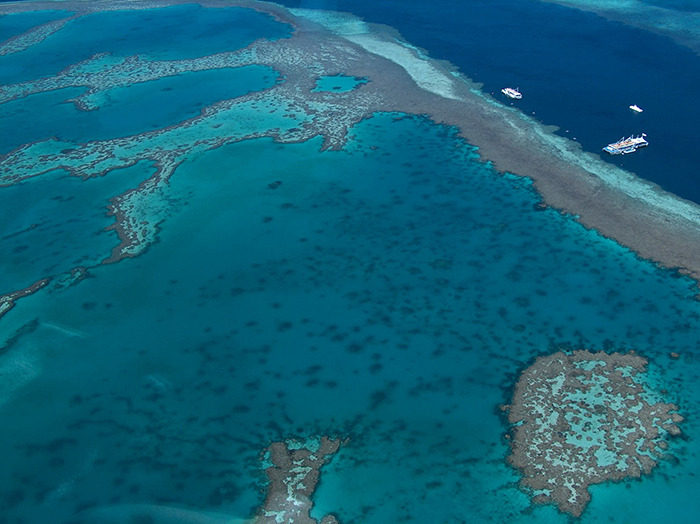Going To Extremes: The World's Tallest, Coldest, Deepest, And Most Obscure Places
The world is full of amazing highs and lows. But there are three different ways to determine them. Mount Everest is the highest point above sea level. Mauna Kea is the largest mountain from base to peak. Chimborazo, while shorter than Everest, is the furthest point from the planet's center due to the bulging of the planet at the equator. However you choose to define them, a trip to see them is an unforgettable adventure.
Highest above sea level
Mount Everest in the Himalayas is the highest point above sea level, at 29,029 feet, according to the National Oceanic and Atmospheric Administration.
Furthest point from the center of the Earth
Chimborazo, a mountain in Ecuador, is the furthest point from the center of the Earth. The mountain is 20,564 feet above sea level, but is farther from the planet's core due to the bulging of the planet at the Equator.
Tallest mountain
Mauna Kea on the Big Island of Hawaii is the tallest mountain from base to peak at 35,500. A significant portion of the mountain is below sea level, according to NOAA.
Lowest elevation
The Dead Sea, bordering Jordan, West Bank and Israel, has the lowest elevation at -1,360 feet, according to the National Park Service.
Hottest
Death Valley in California has the record for highest recorded temperature at 134 degrees Fahrenheit on July 10, 1913, according to the National Park Service.
Coldest
High Ridge in the East Antarctic Plateau is the coldest spot on Earth, according to NASA. Temperatures can reach 133.6 degrees Fahrenheit below 0.
Most populated city
As of 2016, Tokyo is the most populated city in the world, with 38.1 million according to the World Economic Forum.
Most populated country
China is the world's most populated country, with 1.4 billion people.
Deepest
Challenger Deep, in the Mariana Trench, is the deepest point in the ocean at 36,200 feet, according to NOAA.
Driest
Chile's Atacama Desert is the driest place on the planet, according to NASA.
Wettest
The wettest place on Earth is Mawsynram in India, according to NASA. The area receives an average of 11.87 meters of rainfall a year.
Highest volcano
Cotopaxi in the Andes is the highest active volcano in world, according to the CIA World Factbook.
Smallest country
Nauru is the world's smallest independent country, according to the CIA World Factbook.
Tallest waterfall
Angel Falls in Venezuela is the tallest waterfall in the world at 979 meters, according to the National Geographic Society.
Largest waterfall system
The Iguazu Falls in Argentina are the largest waterfall system in the world, according to the CIA World Factbook.
Largest rainforest
The Amazon is the world's largest rainforest, according to NASA.
Longest river
The Nile River in northeastern Africa is the longest river in the world at 4,132 miles, according to the USGS.
Biggest lake
Russia's Lake Baikal is the deepest and oldest lake in the world, and the largest freshwater lake by volume. It is believed to hold one fifth of the world's fresh water, according to the CIA World Factbook.
Largest natural arch
Landscape Arch in Arches National Park in Utah is the largest natural arch in the world, spanning 290 feet, according to the Utah Geological Survey.
Largest country
The largest country in the world in terms of area is Russia, at 16.4 million square kilometers, according to the CIA World Factbook
Tallest building
The Burj Khalifa in Dubai is the tallest building in the world at 828 meters, or more than 160 stories.
Largest desert
The largest hot desert in the world is the Sahara, according to NASA.
Longest cave system
Mammoth Cave in Kentucky is the longest cave system in the world, with more than 400 miles of explored cave, according to the National Park Service.
Oldest city
Damascus, the capital of Syria, is considered to be one of the oldest continuously inhabited cities in the world, according to UNESCO. It was founded in the third millennium B.C.
Oldest buildings still standing
The Megalithic Temples of Malta were built between the 4th and 3rd millenniums B.C. and are among the oldest buildings still standing, according to UNESCO.
Densest city
Dhaka, the capital of Bangladesh, is the densest city in the world, with 44,500 people per square kilometer, according to the World Economic Forum.
Largest living organism
A network of honey mushrooms in Mahleur National Forest in Oregon is the largest known living organism in the world, covering 2,385 acres, according to the USDA.
Oldest living organism
You can find bristlecone pine trees in the Inyo National Forest in California. One of these trees is over 5,000 years old, making it the oldest living organism on the planet, according to the USDA.
Largest plateau
The largest plateau in the world is the Tibetan Plateau, which is in Tibet, China and India, according to the National Geographic Society.
Largest coral reef
The Great Barrier Reef in Australia is the largest coral reef system at 1,429 miles long, according to the NOAA. It's a natural wonder people should have on their bucket lists because it wil be gone...eventually.
